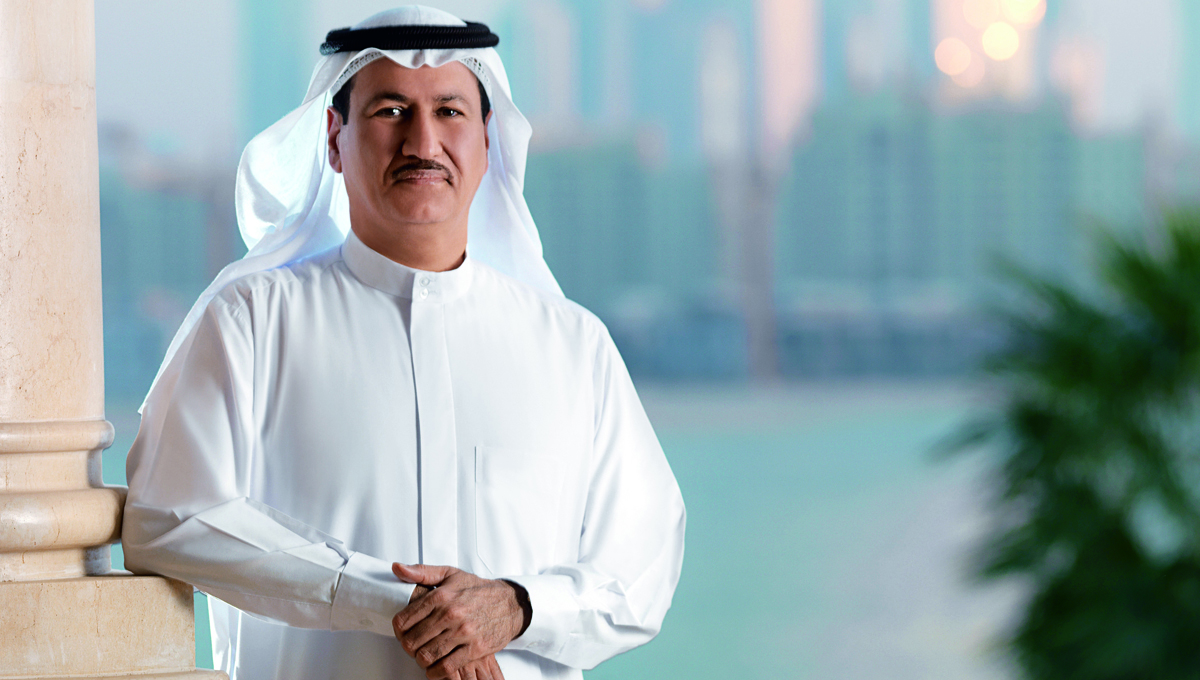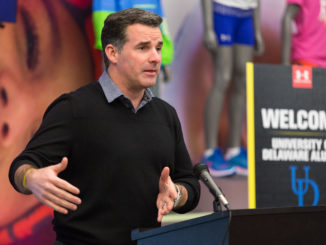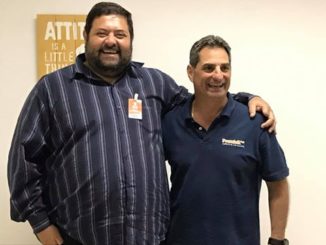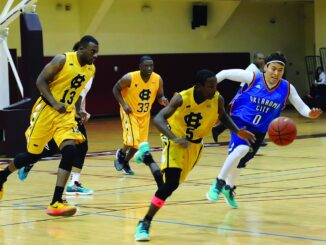
DAMAC Owner Hussain Sajwani
Hussain Sajwani is something of a legend in the Dubai real estate sector. What is most significant about his success is that he created his fortune before the 2008 crash, and has done it again. In an exclusive interview with Arabian Business, the DAMAC Owner and CEO recounts how he reconstructed his empire and what his plans are for the future. According to Forbes, the net worth of Hussain Sajwani is $3.7 billion, making him the world’s 10th richest Arab.
Origins
Hussain attributes no small amount of his success to his early years observing his father engage in trade. According to Hussain “It’s the commercial way of thinking that stuck with me”. He observed how his father grew successful by changing the price of products relative to supply and demand, in response to market conditions. Hussain believes that his biggest strength is that he can adapt to the market very quickly, a valuable lesson learned from his father.
In 1978 Hussain left Dubai to study industrial engineering in Seattle, being one of the first UAE students to get a scholarship in Washington. Hussain outlines the stark contrast between the two cities:
“Imagine the gap between the two countries… the freeways, the high-rises… The biggest shop we had in Dubai was Jashanmal, which was probably 2,000 sq ft and where we’d go once a month to buy chocolate. And then you see Wal-Mart, which was 100,000 sq ft… It was enough to make you crazy.”
The Rise
Envigored by the highs of capitalism and the potential of what could be created, Hussain Sajwani return to Dubai in 1982 and began his career with Abu Dhabi Gas Industries. Two years later he struck out on his own to found Global Logistics Services.
But it was not until 1996 that his property ventures began in earnest with the construction of a 3-star hotel in Deira, with four more to follow in the region. “Build, lease, sell. Next, next, next” was Hussain’s mantra with regard to the real estate sector. And it worked very well for him. In May 2002, DAMAC Properties was founded amid a change in property laws by the Government. An opportunity had arisen, which Hussain acted upon. Hussain embarked on a number of high level real estate projects including the Marina Terrace (his first major project), The Waves and Park Towers.
Other development projects were built in Jordan, Lebanon, Saudi Arabia and Egypt. In the interview, Hussain mentioned how he had invested in the stock market in the 1997-2002 period and owned a ceramics factory as well as an insurance company. This was the collateral on which the projects could be build. Additionally, the DAMAC owner made almost 5 times as much profit from his stock market investments in that time compared to his real estate profits between 2004-2006. For this reason, DAMAC did not have to burrow any money until it went public in 2013.
The Fall
DAMAC Properties grew very big, very fast. And because of this it was one of the companies most heavily affected by the global real estate crisis in 2008. Hussain claims to have been one of few who saw the crisis coming:
“The weekly sales report came through while I was in London and it showed a drop of 60 percent year on year. I didn’t like it, so I flew back straight away and we put measures in place to tackle the problem.”
Hussain acted on the information and quickly started cutting back on company operations, including staff and overhead. Due to this, DAMAC was hit very hard by the press. And despite the action being taken, DAMAC was suffered economically. With a 50% drop in residential prices from Q3 2008 to Q2 2009, no hedge or action could have saved the company from disaster. Hussain stated this was the most difficult 6 months of his 35 years in business. Hussain avoided total bankruptcy by refusing to sell or consolidate and by acting quickly. The fact that they were sitting on large stockpiles in escrow funds also saved DAMAC. These funds were used to continue building.
The Return
December 2013 marked the return of the Sajwani empire from a real estate crisis that spared few property developers. DAMAC was the first company in the Middle East to be listed on the London Stock Exchange with an Initial Public Offering that raised $379 million. At this time Sajwani was already building a number of high profile real estate projects across Dubai. Between 2012 and 2015, DAMAC saw huge success with high growth and profits, along with the rest of the real estate sector. Projects were initiated across the Middle East and real estate developments were build in conjunction with Bugatti, Akoya and Paramount.
DAMAC made a profit of nearly $1 billion in 2016 and $762 million in 2017. Hussain Sajwani is not concerned that the profits have dipped and is not fearful of oversupply in the market. He simply points out that the property market is a cycle and has to be taken as it comes. There is always 3-5 years of growth followed by a reversal cycle. DAMAC is once again a powerhouse with huge profit margins, stockpiles of cash and an abundance of property. Hussain Sajwani says that he is hoping to expand oversees and that his company is always looking for investment opportunities. But there is one plan that he intends to stick to:
“My dream is to have DAMAC towers in gateway cities around the world. We have one in the UK [Aykon London One] and I’d like to see another half a dozen in other major hubs including Asia and America.”
For a real estate tycoon as prolific as Hussain Sajwani, this dream could well become a reality.














Leave a Reply
Be the First to Comment!
You must be logged in to post a comment.
You must be logged in to post a comment.